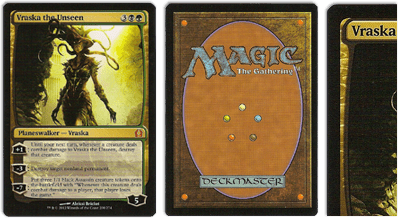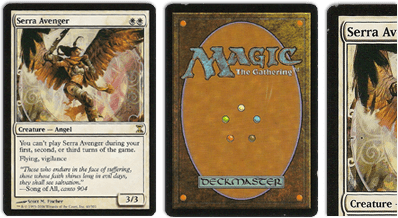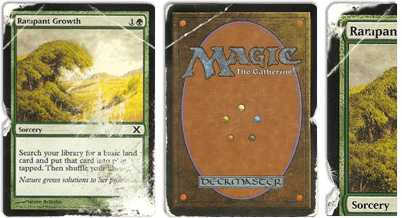-
Wizkids
-
-
-
-
-
-
-
-

In the teachings of the Catholic Church, an indulgence may be granted to relieve sins. In some cases, this might be by doing good works or engaging in meaningful prayer, but in the darkest of times, indulgences were sold to anyone willing to make a significant "contribution". As the rising families of the Italian Renaissance conspired and plotted to seize control, the indulgence offered a clear conscience for many a questionable deed committed in the name of power.
Indulgence is a trick-taking game for 3-4 players. On their turn, players choose an edict that gives the rule for the hand. The other players then decide if they want to violate the edict by doing the opposite of what it commands. So "Don’t take any Medicis" suddenly becomes "I must take all the Medicis". Committing a sin can be challenging, but a player attempting it gets the benefit of the indulgence, a token that turns one of their cards into a winning hand. Can you trick your opponents into committing sins without the indulgence? Can you avoid sinning yourself? Whoever can pull that off will end up with a pile of gems and the title of victor.
Indulgence is a restoration of Dragonmaster, originally published by Milton Bradley in 1981 and designed by Jerry D'Arcey. It was itself a reimagining of D'Arcey's prior game, Coup d'Etat, and its classic progenitor Barbu. Dragonmaster enjoyed lavish production, with oversized cards, art by the incomparable Bob Pepper, and some nifty interlocking gems for keeping score. In addition to the retheming, the restoration evens out the game play. The original game suffered from a runaway leader problem in which an early power play with the dragon card all but assured one player's elimination from contention and gave the other a big leg up. The indulgence token replaces the dragon card to make it more accessible, less powerful, and easier to understand. It also increases the number of contracts from 5 to 20, and ups the deck to 36 cards.
 '
'Near Mint condition cards show minimal or no wear from play or handling and will have an unmarked surface, crisp corners, and otherwise pristine edges outside of minimal handling. Near Mint condition cards appear 'fresh out of the pack,' with edges and surfaces virtually free from all flaws. '
' '
'Lightly Played condition cards can have slight border or corner wear, or possibly minor scratches. No major defects are present, and there are less than 4 total flaws on the card. Lightly Played condition foils may have slight fading or indications of wear on the card face. '
' '
'Moderately Played condition cards have moderate wear, or flaws apparent to the naked eye. Moderately Played condition cards can show moderate border wear, mild corner wear, water damage, scratches , creases or fading, light dirt buildup, or any combination of these defects. '
' '
'Heavily Played condition cards exhibit signs of heavy wear. Heavily Played condition cards may include cards that have significant creasing, folding, severe water damage, heavy whitening, heavy border wear, and /or tearing. '
' '
'Damaged condition cards show obvious tears, bends, or creases that could make the card illegal for tournament play, even when sleeved. Damaged condition cards have massive border wear, possible writing or major inking (ex. white-bordered cards with black-markered front borders), massive corner wear, prevalent scratching, folds, creases or tears. '
'